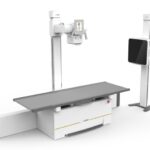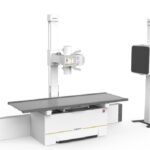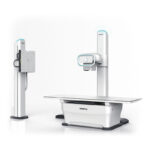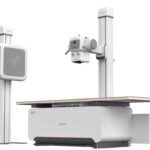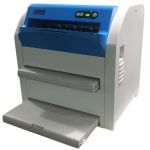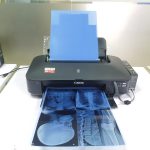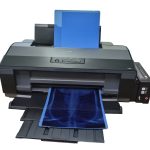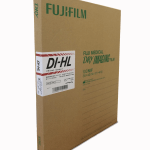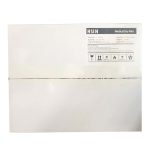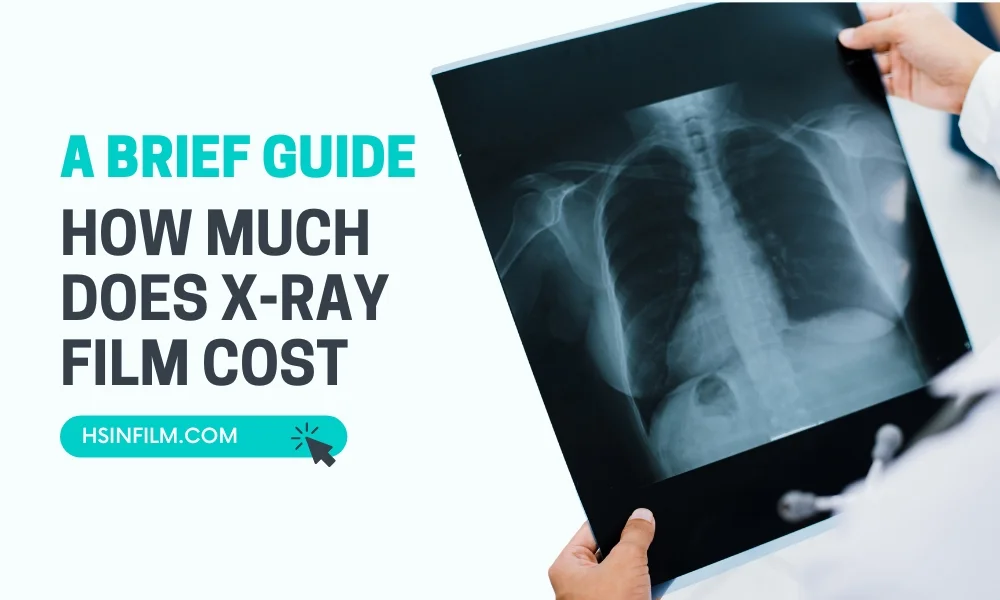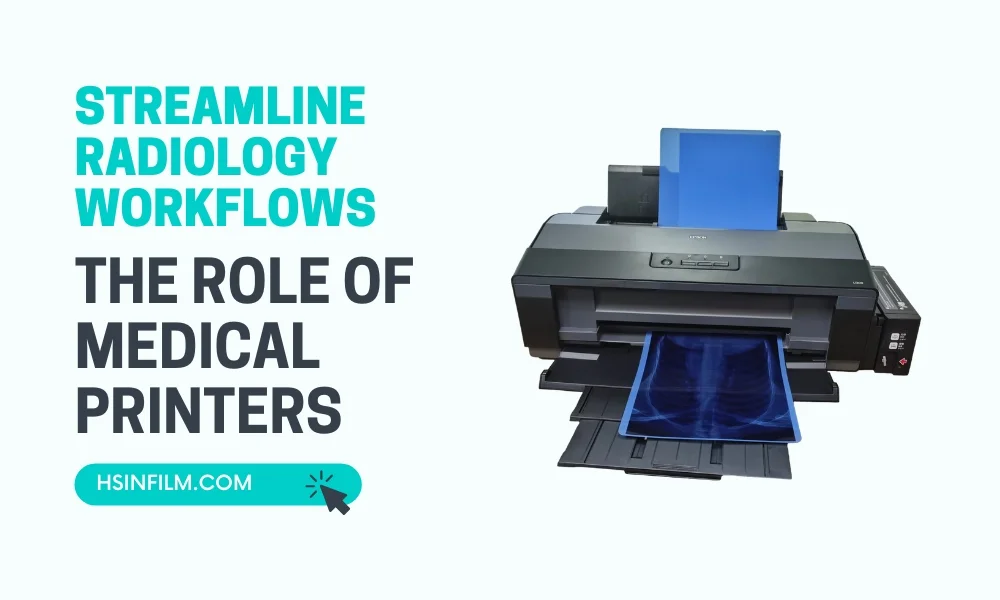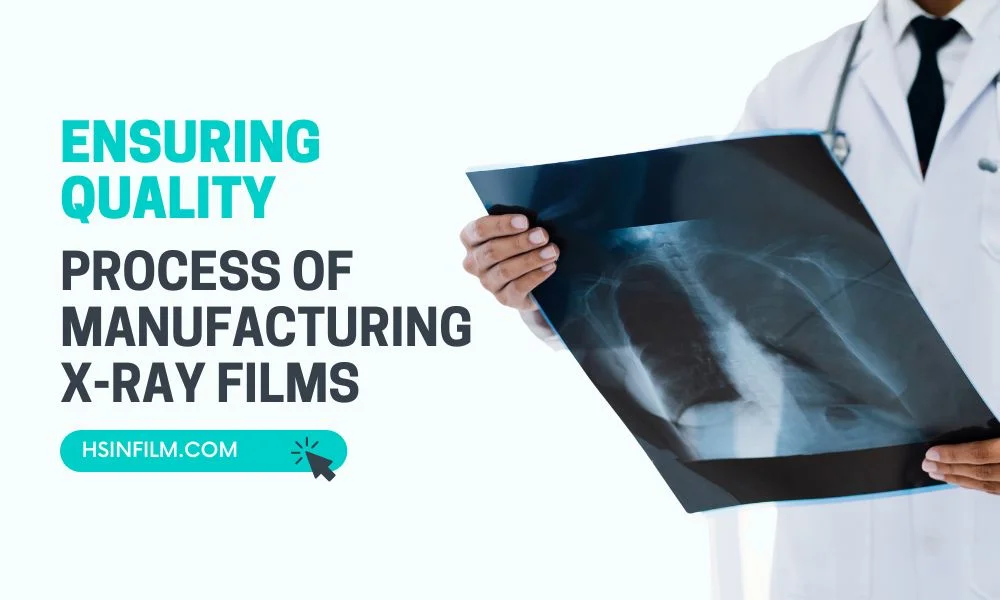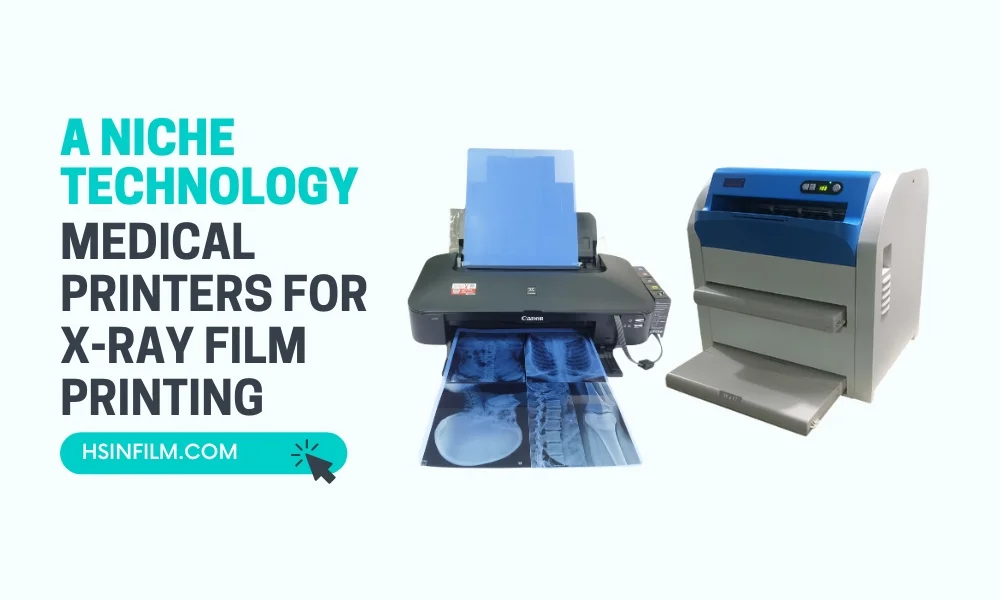Medical dry film is revolutionizing the field of medical imaging, providing a reliable and efficient method for capturing and storing diagnostic images. Its use has become essential in various healthcare settings, from hospitals to clinics, due to its ability to produce high-quality images without the need for wet processing. In this comprehensive guide, we will explore the benefits, applications, and best practices for using medical dry film to achieve diagnostic accuracy.
Table of Contents: Diagnostic Accuracy with Medical Dry Film
Understanding Medical Dry Film
What is Medical Dry Film?
Medical dry film is a type of film used for printing medical images without the need for chemical processing. Unlike traditional wet film, which requires chemicals to develop the images, dry film uses heat to create images, making it a more convenient and environmentally friendly option.
How Does it Work?
Medical dry film works by using a thermal printer to apply heat to specific areas of the film. This heat causes a chemical reaction that produces the image. The process is quick and efficient, resulting in clear and precise images that can be used for diagnosis and treatment planning.
These films provide:
- Enhanced Durability: They don’t fade or deteriorate easily.
- Superior Image Quality: Clearer images with more details.
- Environmentally Friendly: Fewer chemicals mean a reduced environmental footprint.
Check our medical dry film…
Benefits of Medical Dry Film
High-Quality Images
One of the primary benefits of medical dry film is its ability to produce high-quality images. These images are essential for accurate diagnosis and treatment planning. The clarity and detail provided by dry film allow healthcare professionals to identify even the smallest abnormalities, ensuring that patients receive the best possible care.
Cost-Effectiveness
Medical dry film is a cost-effective solution for healthcare facilities. It eliminates the need for expensive chemicals and equipment required for wet processing. Additionally, dry film has a longer shelf life, reducing the need for frequent replacements and further lowering costs.
Environmentally Friendly
Dry film is more environmentally friendly than traditional wet film. It eliminates the need for chemical processing, which can produce hazardous waste. By using dry film, healthcare facilities can reduce their environmental impact and contribute to a more sustainable future.
Convenience and Efficiency
The use of dry film streamlines the imaging process, making it quicker and more efficient. Without the need for chemical processing, images can be produced and viewed almost immediately. This rapid turnaround time is crucial in medical settings where quick diagnosis and treatment are often necessary.
The Role of Medical Dry Film in Diagnostic Accuracy

Enhancing Image Clarity
Medical dry film provides sharp, clear images that are essential for accurate diagnosis. High-resolution images help doctors to identify and evaluate medical conditions with greater precision, reducing the likelihood of misdiagnosis.
Reliable Consistency
With medical dry film, the quality of images remains consistent. Unlike traditional film, which can vary due to factors like chemical concentration and processing conditions, dry film produces uniform results, ensuring reliable and repeatable diagnostic information.
Facilitating Early Detection
The high-quality images produced by medical dry film enable the early detection of diseases and conditions. This is particularly important in areas like oncology, where early detection can significantly improve patient outcomes by allowing for earlier intervention and treatment.
Supporting Complex Diagnoses
For complex medical conditions that require detailed imaging, medical dry film offers the necessary resolution and clarity. This helps in diagnosing conditions that might be missed with lower-quality imaging methods, thus supporting more comprehensive and accurate healthcare.
Implications of Accurate Diagnostic Imaging on Patient Outcomes
“Is it serious, doctor?” – a common question, the answer to which lies in the clarity of diagnostic images. The ripple effects of this clarity are profound:
- Reduction in Misdiagnoses: Clear images pave the way for pinpointed treatments, sidelining the risks of treating non-existent conditions.
- Swift Decision-making: Time is often of the essence. With clear images, doctors can act quickly, ensuring treatments start at the right time.
- Avoidance of Unnecessary Procedures: Nobody wants to undergo a procedure they don’t need. Accurate imaging helps in sidelining these.
Applications of Medical Dry Film
Radiology
In radiology, medical dry film is used to print X-ray images, CT scans, and MRI images. These high-quality images are essential for diagnosing various conditions, from fractures and tumors to heart disease. The clarity and detail provided by dry film help radiologists make accurate diagnoses and plan effective treatments.
Mammography
Medical dry film is also used in mammography to print images of breast tissue. These images are crucial for detecting breast cancer and other abnormalities. The high resolution of dry film ensures that even small changes in breast tissue are visible, aiding in early detection and treatment.
Ultrasound Imaging
Ultrasound imaging uses sound waves to create images of the inside of the body. Medical dry film is used to print these images, which are important for diagnosing conditions related to the heart, blood vessels, and other internal organs. The use of dry film ensures that the images are clear and accurate, providing valuable information for diagnosis and treatment.
Orthopedic Imaging
In orthopedics, medical dry film is used to print images of bones and joints. These images are essential for diagnosing fractures, dislocations, and other conditions related to the musculoskeletal system. The detailed images provided by dry film help orthopedic surgeons plan surgeries and other treatments.
Challenges and Solutions in Dry Film Imaging
However, like any tech, Medical Dry Film comes with its challenges. Issues like storage concerns, handling procedures, and equipment upkeep might arise. But with challenges come solutions:
- Proper Training: Ensuring technicians know the ropes.
- Regular Equipment Maintenance: Routine checks and calibrations.
- Adhering to Standards: Consistency is the key. By sticking to industry benchmarks, many challenges are automatically avoided.
How Medical Dry Film Affects Patient Outcomes
Reducing Diagnostic Errors
The high-quality and consistent images produced by medical dry film help reduce diagnostic errors. Accurate images allow healthcare providers to make precise diagnoses, minimizing the risk of incorrect or delayed treatment.
Improving Treatment Planning
With clear and detailed images, doctors can plan treatments more effectively. This is particularly important in surgeries and other invasive procedures where precise information is crucial for successful outcomes.
Enhancing Patient Confidence
Accurate and reliable imaging instills confidence in patients. Knowing that their diagnosis is based on high-quality images can reduce anxiety and improve compliance with recommended treatments.
Facilitating Faster Treatment
The rapid processing of medical dry film allows for quicker diagnosis and treatment initiation. This is especially beneficial in acute and emergency cases, where time is of the essence for positive patient outcomes.
Best Practices for Using Medical Dry Film
Proper Storage
To ensure the quality of medical dry film, it is important to store it properly. Dry film should be kept in a cool, dry place away from direct sunlight and moisture. Proper storage helps maintain the film’s quality and ensures that the images produced are clear and accurate.
Regular Maintenance of Equipment
The printers used to produce dry film images require regular maintenance to ensure optimal performance. This includes cleaning the printer heads, checking for wear and tear, and replacing parts as needed. Regular maintenance helps prevent issues that could affect the quality of the images and ensures that the equipment operates efficiently.
Training and Education
Healthcare professionals should receive proper training on how to use medical dry film and the associated equipment. This includes understanding how to operate the printer, troubleshoot common issues, and interpret the images produced. Proper training ensures that the images are used effectively for diagnosis and treatment planning.
Quality Control
Implementing quality control measures is essential for ensuring the accuracy and reliability of medical dry film images. This includes regularly checking the quality of the images produced, calibrating the equipment, and adhering to industry standards. Quality control helps ensure that the images are consistent and reliable, supporting accurate diagnosis and treatment.
Comparing Medical Dry Film to Traditional Wet Film
Processing Time
One of the main advantages of medical dry film over traditional wet film is the processing time. Dry film can be produced and viewed almost immediately, while wet film requires time for chemical processing. This quick turnaround time is essential in medical settings where timely diagnosis and treatment are critical.
Image Quality
Both dry and wet film can produce high-quality images, but dry film offers the added benefit of consistent quality. Wet film can be affected by factors such as chemical imbalances and processing conditions, which can lead to variations in image quality. Dry film eliminates these variables, ensuring that the images produced are consistently clear and accurate.
Environmental Impact
As mentioned earlier, medical dry film is more environmentally friendly than traditional wet film. The elimination of chemical processing reduces the production of hazardous waste, making dry film a more sustainable option for healthcare facilities.
Cost
While the initial cost of dry film printers may be higher than that of wet film processors, the overall cost of using dry film is lower. This is due to the elimination of chemical processing costs and the longer shelf life of dry film. Healthcare facilities can save money in the long run by switching to dry film.
Conclusion
In the symphony of healthcare, while many instruments play their part, the diagnostic accuracy with medical dry film holds a tune that’s both subtle and impactful. As we stand on the cusp of medical advancements, it’s essential to champion these unsung heroes who pave the way for better, brighter patient futures.
FAQ
Q: How long do Medical Dry Films last?
A: With proper storage, they can last for years without significant degradation.
Q: Are they safe for all patients?
A: Absolutely. They are just mediums to capture images and do not pose any health risks.
Q: Where can I learn more about the technology behind them?
A: Many medical journals and articles delve deep into the tech side for those interested!
Arming oneself with knowledge is always empowering, especially when it comes to health. Knowing the instrumental role that medical dry films play in accurate diagnoses only serves to highlight their significance in our journey toward optimal health.

